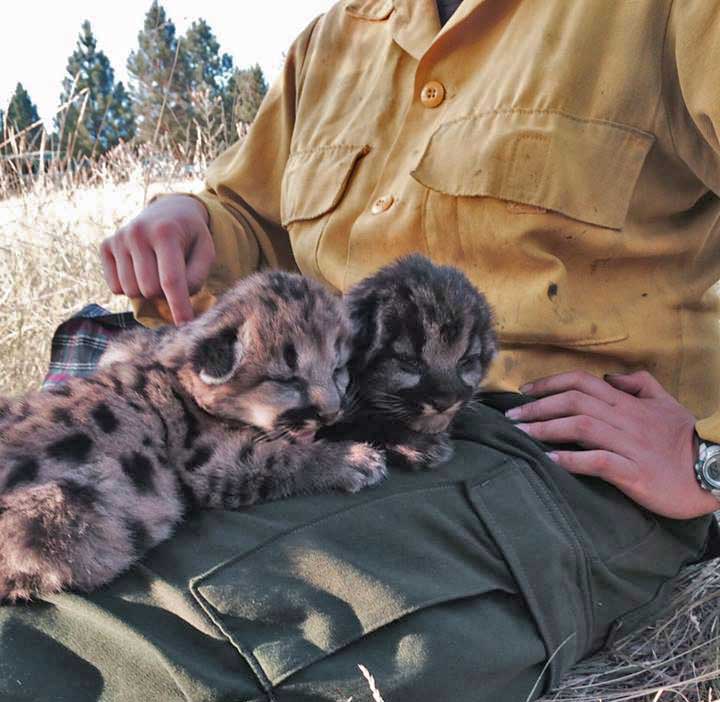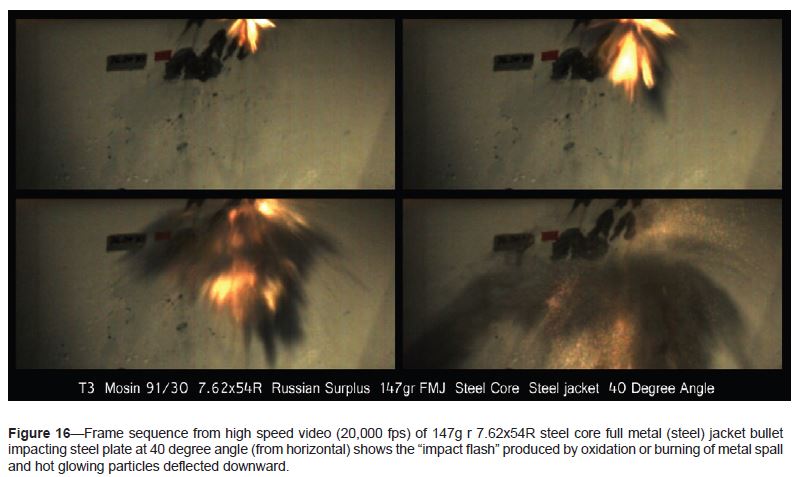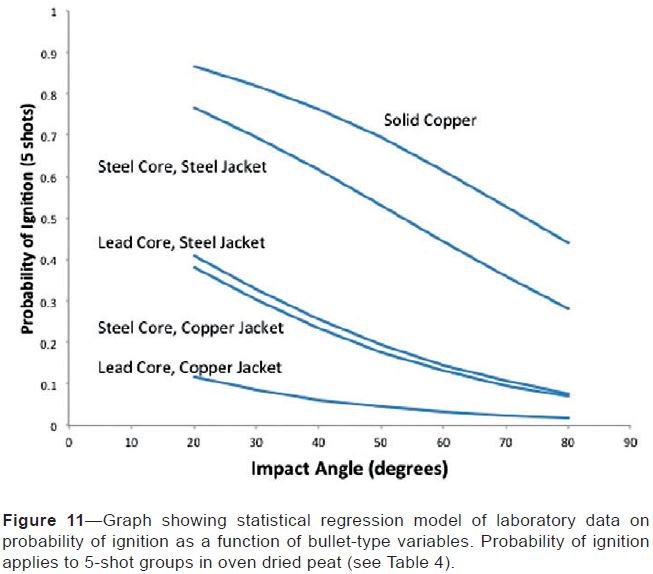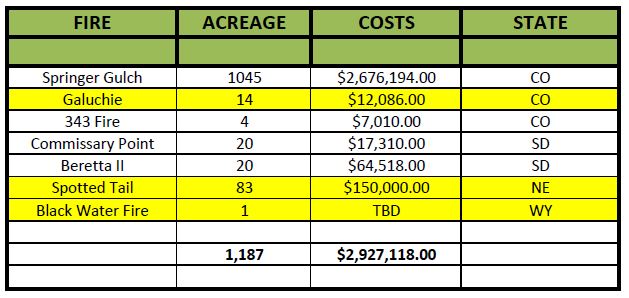Regular readers of Wildfire Today know that we have been covering the use and the prohibition of exploding targets. The devices have become popular in the last three years with shooters who get a thrill from seeing the explosion when their bullet hits its mark. We have documented numerous wildfires that have been started by exploding targets. Sometimes called “binary exploding targets”, they are completely inert until two powders are mixed by the shooter. After the ingredients are combined, the compound is illegal to transport and is classified as an explosive by the Bureau of Alcohol, Tobacco, Firearms, and Explosives and is subject to the regulatory requirements in 27 CFR, Part 555.
An example of one fire was the Ten-Mile Fire in Idaho in July, 2012. It was started by a property owner who was shooting an exploding target on his land. The target ignited a fire that threatened at least two homes and burned 440 acres of federal land. The owner agreed to pay $168,500 to cover taxpayer costs of suppressing the fire.
Not only can they start fires, but exploding targets can cause death and injuries. In 2013 a man in Minnesota was killed when shrapnel from the device struck 47-year-old Jeffery Taylor in the abdomen causing him to collapse. He was declared dead before he could be transported to a hospital in a helicopter.
About two years ago Jennifer Plank Greer was struck by shrapnel while she was taking cell phone video of someone who shot at the explosive which was inside a refrigerator. Her hand was blown almost completely off, left hanging only by a portion of skin. Through 16 surgical procedures doctors reattached the hand, but she no longer has the use of her fingers, except for being able to wiggle her thumb.
On October 7, 2012 in Pennsylvania two state Game Commission workers suffered injuries including burns, temporary blindness and hearing damage when an illegal exploding target blew up while the men attempted to put out a fire at a gun range in Pike County.
In an article published August 20, 2014, titled “7 ways children can have fun at the shooting range”, the NRA lists exploding targets as number seven, saying about the devices:
These are on the top of the “fun” list. The resounding “BOOM” and puff of smoke is fun to see, hear and smell. We shot some with a couple of LG’s teammates and had a BLAST…Exploding targets can be quite expensive, and you do need to be extra careful.
Much of the land in the United States where target shooters wish to use exploding targets is administered by the U.S. Forest Service.
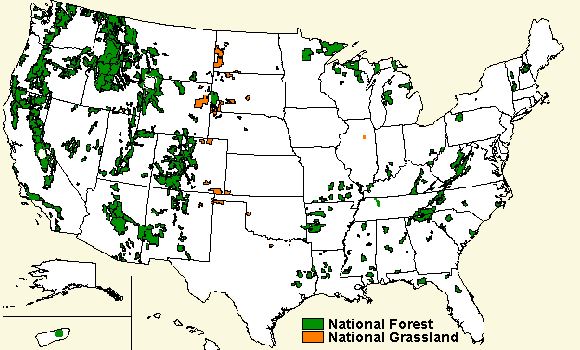
In July, Larry Chambers, National Press Officer for the U.S. Forest Service, was quoted in the Spokesman Review:
The Forest Service is working to clarify and better define existing regulations that impact the use of exploding targets on national forest system lands,” said Larry Chambers, Forest Service media relations officer in Washington, D.C. ”Our current focus is on educating the public.” It might be several weeks before agency officials react on a national basis, he said.
Today Mr. Chambers told us there is still no nationwide USFS policy:
There is no national exploding target prohibition by the Forest Service, and the agency fully recognizes hunting and safe target shooting as a valid use of National Forest System lands. The prohibition of exploding targets on some National Forest System lands is not intended to adversely affect the sport of target shooting.
Mr. Chambers said exploding targets are prohibited on National Forest Systems (NFS) lands in most of the western states, in USFS regions 1, 2, 4, and 6 (see the map below). They have also been banned on NFS lands in Texas and Oklahoma, but we are checking to determine if the prohibitions in those two states are still in effect. California is not included, he said, because they are banned statewide by state law. Some national Forests in Regions 8, 9, and 10 may have local special orders that prohibit the used of exploding targets, Mr. Chamber said.
Some of the regional bans are only temporary, and expire in 2015.

Other exploding target prohibitions:
- On April 20, 2014 the Bureau of Land Management issued a ban on exploding targets on BLM lands within the state of Idaho, to be effective between May 10 and October 20, 2014.
- Under a new Maryland law passed after heavy lobbying by state fire investigators, the devices can no longer be purchased, used or carried in Maryland by anyone without an explosives license.
- Idaho state law prohibits use of exploding targets, tracer ammunition and other fire-causing materials on state range and forest lands during the “closed fire season,” which generally runs May 10 to Oct. 20.
- In Washington and Oregon the BLM bans exploding targets from spring through fall during the wildfire season.
- A state law in Washington bans exploding targets and tracer ammunition year-round on state-managed lands.
- A new law in Oregon took effect this year that bans exploding targets and tracer ammunition on state-protected lands during fire season.


